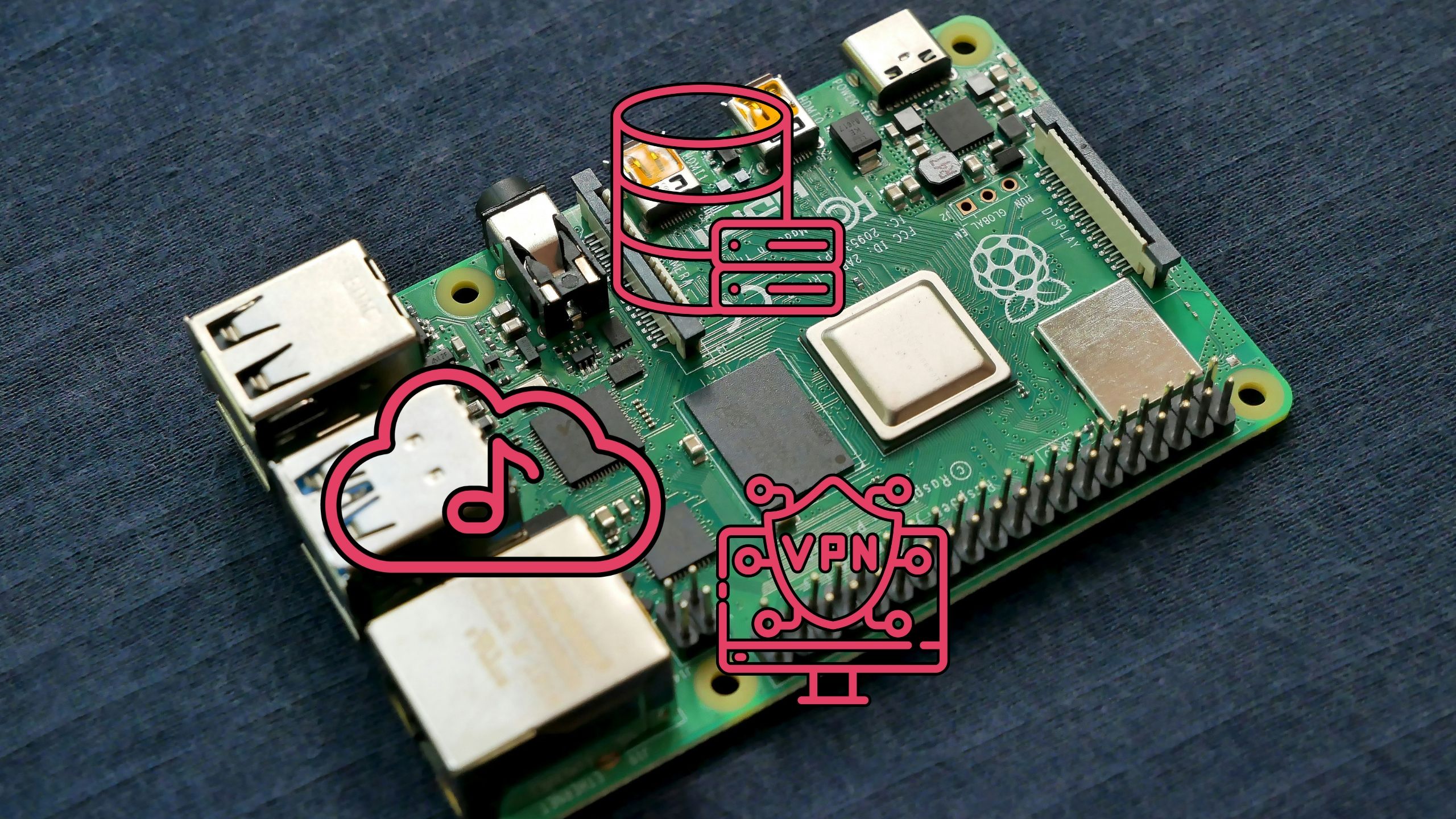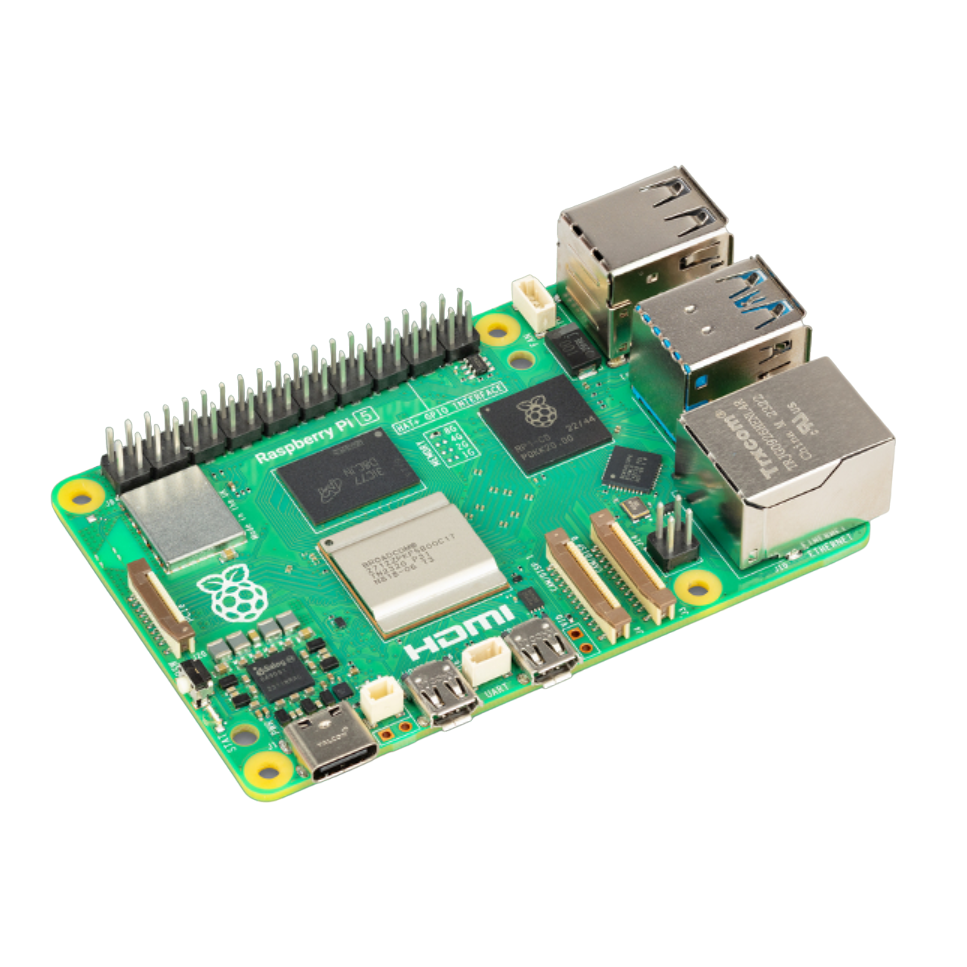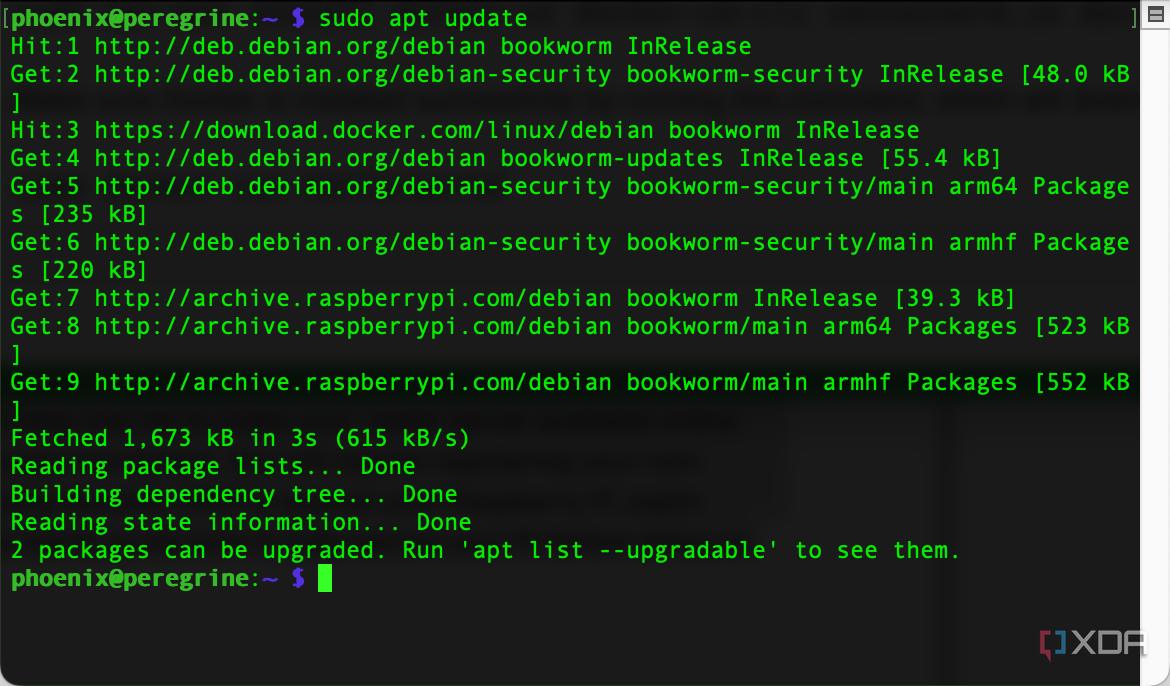Summary
- Ensure security with encryption, firewalls, and secure passwords to protect personal data from interceptions and intruders
- Provide reliable power supply to avoid downtime and data corruption on your Raspberry Pi personal cloud server
- Establish backup routines, perform regular maintenance, and plan for scalability to ensure seamless and efficient operations
Setting up a personal cloud with a Raspberry Pi can be an exciting venture. Many people enjoy the freedom of storing and accessing their files on their own terms. However, it is easy to make oversights that complicate everything from security to day-to-day usage. A little extra preparation can help ensure a more secure and stable system. By avoiding common pitfalls, you will likely have a smoother experience and enjoy your personalized cloud solution for a long time.

Related
10 Raspberry Pi projects you can complete in less than an hour
There’s a lot you can do with a Raspberry Pi, including these projects that should take less than an hour from start to finish
7
Skipping essential security measures and protocols
How skipping encryption and firewalls jeopardizes your personal data
It is tempting to assume your setup is safe due to its simplicity, but this assumption often leads to weak defenses. Failing to enable encryption leaves your personal data exposed to potential interceptions during transfers. Without firewalls and strict security rules, you might unintentionally create an open door for intruders looking for vulnerable systems. Securing your Raspberry Pi from the start is one of the best ways to ensure a reliable cloud environment.
Relying on default passwords and user accounts invites unnecessary risks. Changing default credentials immediately makes it harder for an attacker to gain unauthorized access. Applying multi-factor authentication, when supported, adds another barrier against malicious logins. Prioritizing these steps protects your content and reduces the chance of unpleasant security surprises.
Regular checks for unusual activity help you identify threats before they escalate. You can automate log monitoring to spot suspicious patterns and respond quickly. While it might require some extra effort at first, this approach often saves time and headaches in the long term. Proper monitoring and maintenance keep your system running smoothly and securely.
6
Underestimating power supply requirements for stability
Why a reliable power source prevents sudden downtime issues
A Raspberry Pi may seem forgiving regarding power needs, but undervaluing its requirements can lead to sudden shutdowns and corrupted data. Cloud services that rely on a stable connection to read and write data need consistent energy for safe operation. A subpar power supply might struggle under peak usage, leading to instability or errors. Ensuring sufficient voltage and amperage is key to avoiding complications.
A strong power supply reduces random reboots and performance bottlenecks. When the Pi experiences frequent resets, you risk damaging your data and your operating system’s integrity. In addition, any connected external drives might encounter file system corruption, harming stored data. Taking steps to confirm your power setup meets recommended standards goes a long way toward keeping your cloud server running reliably.
It can help to invest in an official power adapter or a certified equivalent. These usually provide stable current that accounts for any extras you attach, like USB devices or monitors. If you notice undervoltage warnings, adjusting your setup right away can prevent problems from escalating. Ensuring your Pi receives proper power sets the groundwork for consistent cloud access.
5
Ignoring regular backups and redundancy plans
How lack of backup strategy puts your data at risk
A personal cloud server can create a false sense of security if you forget to establish a backup routine. Files stored on the Pi can be lost due to unexpected drive failures, accidents, or system corruption. Relying on a single storage device for everything contradicts the data redundancy principle. Setting up regular backups protects your data and helps you restore from mishaps with minimal downtime.
Building a reliable backup process means deciding how often to copy your files and choosing safe locations to store them. An external drive or a network-attached storage solution can be great backup options. Syncing data to another location on a set schedule lessens the chance of permanent loss from hardware failures. With a plan in place, you can focus on enjoying your cloud without worrying about worst-case scenarios.
Even simple backup scripts can make a dramatic difference in data retention. Tools like rsync and cloud-based synchronization services help automate the process. Evaluating disk health periodically and keeping backup logs provides peace of mind. Planning ahead ensures that one faulty drive does not erase precious files and configurations.
4
Neglecting software updates and routine maintenance
What outdated operating systems and applications can do to performance
A Raspberry Pi is often left running continuously, tempting some users to ignore updates after initial setup. This neglect opens the door to vulnerabilities and crashes that could have been prevented. Keeping your operating system current addresses security patches and bug fixes. Applications that run on the Pi benefit from regular updates, too, especially those handling network tasks and critical storage functions.
When you postpone updates, you increase the chance of encountering performance bottlenecks and software conflicts. Over time, outdated applications can conflict with newer libraries or protocols, introducing unforeseen errors and degrading your system’s stability. By updating regularly, you keep your cloud solution functioning as intended.
Setting aside a weekly or monthly maintenance window helps integrate updates without disrupting your usage too much. It can also be a good time to review resource usage or confirm that backups are working correctly. Monitoring your disk space, CPU usage, and temperature gives you insight into emerging issues. Consistent attention to these details lays the foundation for a reliable personal cloud.
3
Misconfiguring router settings and port forwarding
Why precise network setup ensures safer external access
Accessing your personal cloud from outside your home network requires adjusting your router’s configuration. Errors here can block outside connections or expose your system to the broader internet. Choosing insecure ports or leaving them open to the public can attract unauthorized users. Setting proper port forwarding and secure protocols ensures that your personal cloud remains accessible and safe.
It helps to use well-known, secure ports when possible and to change defaults where it makes sense. Double-checking your router’s firewall rules can also prevent misconfiguration from creating vulnerabilities. Restricting which IP addresses can reach your Pi over specific ports is another layer of protection. With a balanced configuration, you get the convenience of remote access without compromising your security.
Beyond port forwarding, you may find value in implementing a virtual private network. A VPN masks traffic and adds encryption, giving you safer remote entry. Some routers offer built-in VPN support or dynamic DNS options that simplify external connections. Configuring these thoughtfully can enhance your Raspberry Pi’s usability as a reliable, secure personal cloud.
2
Overlooking resource and storage limitations
How planning usage habits improves your system’s responsiveness
A Raspberry Pi is a capable device, but it has limitations when used as a full-time personal cloud server. Ignoring storage constraints can quickly lead to full drives and slow performance. Adding more files than your Pi can handle bogs down your network, and the device might struggle to index or serve content efficiently. You can maintain a healthy balance between available resources and daily demands by planning your expected usage.
Monitoring resource usage includes keeping an eye on CPU load and storage consumption. Over time, logs and cached data can inflate your total used space. Cleaning unneeded files and adjusting logging configurations can free up valuable room. This simple habit helps avoid frustrating slowdowns and out-of-space warnings.
You can also consider using an external drive or a cluster of Pis if you anticipate heavy usage. This approach spreads workloads and reduces the strain on a single board. Scaling up in small steps keeps costs manageable and allows you to adapt your system over time. Setting clear resource goals ensures your personal cloud remains both responsive and enjoyable.
1
Failing to plan for long-term scalability
How future expansion affects consistent and flexible performance
Designing your Raspberry Pi cloud solely for immediate needs can become a regret when you want to expand. Adding more users or demanding applications later might overwhelm the initial setup. Thinking about future improvements, such as extra storage or a stronger Pi model, helps you avoid significant restructuring. By anticipating growth, you keep your cloud experience seamless as your requirements evolve.
It is wise to lay out potential upgrade paths from the start. You might plan to install a more advanced operating system or integrate new services down the line. Factoring in memory and processing power needs allows for easier transitions and prevents constant reconfigurations. With some foresight, you can adapt your personal cloud without major hassles or service interruptions.
A scalable plan helps you avoid disruptions when you want to store larger files, host more users, or enable additional features. You can add resources or move to a newer model when your Pi feels cramped. Preparing for your data migration process from the beginning will make it smoother. This approach also ensures that your investment in time and effort remains valuable for the long haul.
Moving forward with confidence and efficient personal cloud operations
Making a personal cloud from a Raspberry Pi can be a rewarding choice with the proper preparation. Addressing everything from security measures to scalability keeps your data safe and accessible. Steering clear of common missteps results in a reliable setup that adapts to changing needs. By reflecting on these potential pitfalls, you can build a system you will trust and enjoy for a long time.

Raspberry Pi 5
- CPU
-
Arm Cortex-A76 (quad-core, 2.4GHz)
- Memory
-
Up to 8GB LPDDR4X SDRAM













